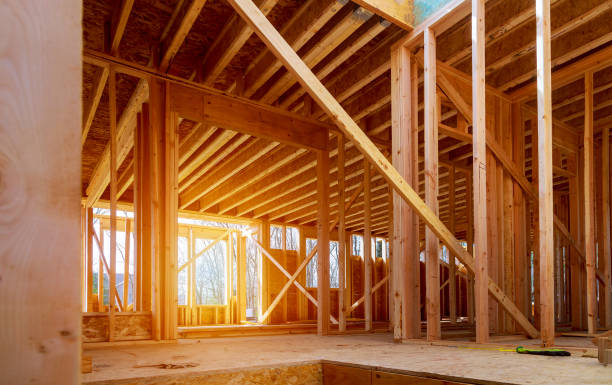5 Ways to Lower the Carbon Footprint of Your Next Construction Project
When it comes to building a project, whether commercial, residential, or even community-based, there will be inherent pressures involved; you have a launch date, a budget, and a thousand variables to deal with. But now, on top of that, you have to consider the environment.
As we experience climate change more personally in our daily lives, the construction industry has been asked to increase its sustainable efforts. And that’s good.
So, how can you embody that responsibility while still ensuring that your project will be a success? How can you build greener and smarter at the same time?
That’s what we are going to tackle here. We’re going to show you various impactful yet straightforward strategies to reduce your project’s carbon footprint so you can move forward with certainty and care.
Let’s get started.
Use Modular Buildings
Most construction sites need temporary offices, storage rooms, or even workshops. However, building those structures the traditional way for short-term use ends up being far from sustainable. You’re framing walls on-site, cutting wood and metal, and bringing in excess materials to avoid shortages.
What happens to all the extra pieces? They usually end up in dumpsters. That adds waste, increases transport, and drives up your environmental impact. So, a much smarter approach is to simply get Modular Buildings for your construction project instead. They’re designed with precision, so there’s barely any waste during production. On top of that, modular buildings are strong, long-lasting, and easy to reuse across multiple job sites.
And the best part? Many providers now offer flexible leasing options and customized layouts. So, whether you need a site office, storage unit, or even washroom facilities, you can get exactly what you need without the environmental cost.
Use Sustainable Building Materials
Every material choice impacts your project’s carbon tally. Conventional concrete and steel eat up energy during production and transport. But today’s market offers greener alternatives that perform just as well.
Start with fast-growing, renewable options like bamboo. It sequesters carbon as it grows and delivers surprisingly strong support for structural and finish elements. Recycled steel and “green” concrete mixes—blended with fly ash or slag—cut down on new raw materials.
Don’t forget locally sourced stone or reclaimed wood. These reduce transport emissions and give your build a unique character. Thoughtful material selection keeps costs in check and wins points with eco-minded clients.
Incorporate Energy-Efficient Systems
Buildings keep using energy long after construction ends. That’s why planning for energy efficiency during the build phase is so important. It’s not just about short-term savings—it’s about reducing the building’s carbon impact for years to come.
Start simple. Installing LED lighting in your space. LEDs not only use significantly less power but also last much longer, saving both energy and money over time. Then, look at your HVAC systems. High-efficiency units paired with quality insulation can significantly reduce heating and cooling needs.
Want to go a step further? Consider solar panels or geothermal heating systems. These renewable energy sources may cost more upfront, but will pay off over time with lower utility bills and a smaller carbon footprint.
Plan for Proper Waste Management
Construction work naturally generates a lot of waste—scrap wood, metal pieces, packaging, and plastic. Without a plan, this waste piles up and gets dumped in landfills, releasing harmful gases and taking up space.
A clear waste management plan can make a big difference. Set up separate bins for different materials and clearly label them so everything ends up where it should. Recyclable items like metal, wood, and plastic should go to local recycling facilities.
You can also reuse materials from the site, like turning wood scraps into temporary fencing or using broken concrete for fill. These small steps go a long way in cutting down your project’s environmental footprint.
Prioritize Eco-Friendly Transportation and Logistics
Transportation is another major contributor to the carbon footprint of construction projects. Trucks and other vehicles used to transport materials to and from the site often burn fossil fuels and release carbon dioxide into the atmosphere. However, there are several ways to minimize the environmental impact of construction transportation.
Start by choosing local suppliers to reduce transportation distances. The shorter the distance materials have to travel, the less fuel will be consumed. You can also consolidate shipments to reduce the number of trips and use electric or low-emission vehicles whenever possible.
Bringing It All Together
Making your construction project environmentally friendly doesn’t need complicated solutions—just thoughtful changes. By choosing modular structures, sustainable materials, energy-efficient systems, smart waste management, and eco-conscious logistics, your project becomes more responsible and efficient.
Start implementing these simple ideas today to build a better future.
